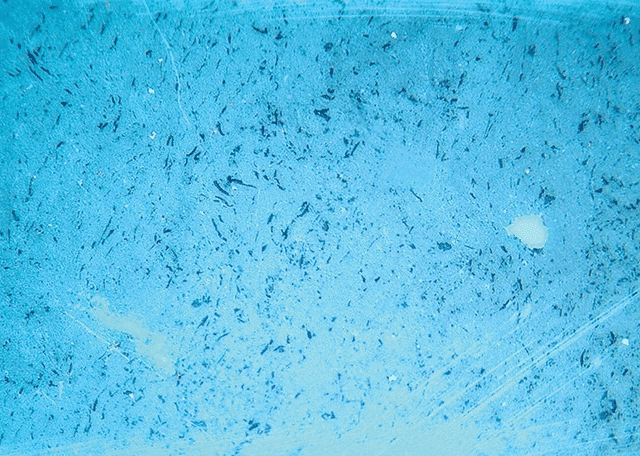Identifying Microbiological Contamination
Identifying Microbiological Contamination
Microbiological contamination can be classified as viable and nonviable. Viable organisms are those that have the ability to reproduce and proliferate. Nonviable organisms cannot reproduce or multiply.

Bacterial Contamination
Bacterial contamination is quantified as “Colony Forming Units” (CFU), a measure of the total viable bacterial population. CFU’s are typically determined by incubating a sample on a nutritional medium and counting the number of bacterial colonies that grow. Each colony is assumed to have grown from a single bacterial cell. This is called a “Standard Plate Count” and is the most common method. Other less common methods of enumerating microbial contamination include the “Most Probable Number,” which is a statistical probability of the bacterial population in a small sample, and the “Direct Count,” which is an actual count of cells observed through a microscope.
Pyrogenic Contamination
Pyrogens are substances that can induce a fever in a warm-blooded animal. The most common pyrogenic substance is the bacterial endotoxin. These endotoxins are lipopolysaccharide compounds from the cell walls of gram-negative bacteria. They can be pyrogenic whether they are part of intact viable cells or simply fragments from ruptured cells.They are more stable than bacterial cells and are not destroyed by all conditions (such as autoclaving) that kill bacteria. Their molecular weight (MW) is generally accepted to be approximately 10,000. One molecular weight (MW) is approximately equal to one dalton. However, in aqueous environments they tend to agglomerate to larger sizes. Pyrogens are quantified as Endotoxin Units per milliliter (EU/mL).
The traditional method for pyrogen detection used live rabbits as the test organism. Today the most common method is the Limulus Amoebocyte Lysate (LAL) test. Endotoxins react with a purified extract of the blood of the horseshoe crab Limulus polyphemus and this reaction can be used to determine the endotoxin concentration. There are several versions of the LAL test ranging from the semi-quantitative “gel-clot method” to the fully-automated “kinetic turbidmetric method” which is sensitive to 0.001 EU/mL. There is an endotoxin limit in the pharmaceutical industry for USPWater For Injection (WFI) of 0.25 EU/mL. The LAL test is relatively quick and inexpensive. The LAL test is used if there is a concern about endotoxins in the finished water, such as in pharmaceutical uses. However, due to the swift results and the relatively low cost of the LAL test, other industries with critical water quality needs are beginning to use it as a quick indicator of possible bacterial contamination or total organic carbon (TOC).
Total Organic Carbon (TOC)
TOC is a direct measure of the organic, oxidizable, carbon-based material in water. TOC is a vital measurement used in sophisticated water treatment systems – such as electronics grade – where any amount of contamination can adversely affect product quality and yield.
Biochemical Oxygen Demand (BOD)
BOD is a measure of organic material contamination in water, specified in mg/L. BOD is the amount of dissolved oxygen required for the biochemical decomposition of organic compounds and the oxidation of certain inorganic materials (e.g., iron, sulfites). Typically, the test for BOD is conducted over a five-day period.
Chemical Oxygen Demand (COD)
COD is another measure of organic material contamination in water specified in mg/L. COD is the amount of dissolved oxygen required to cause chemical oxidation of the organic material in water. Both BOD and COD are key indicators of the environmental health of a surface water supply. They are commonly used in waste water treatment but rarely in general water treatment.

